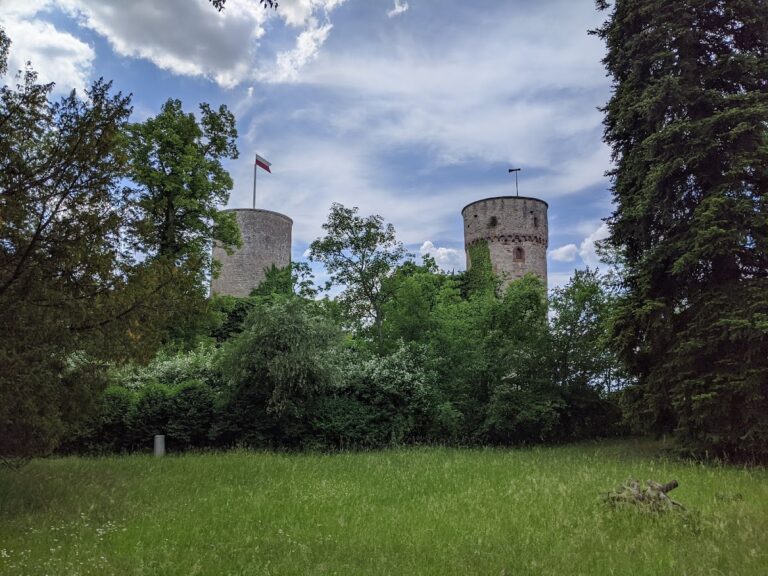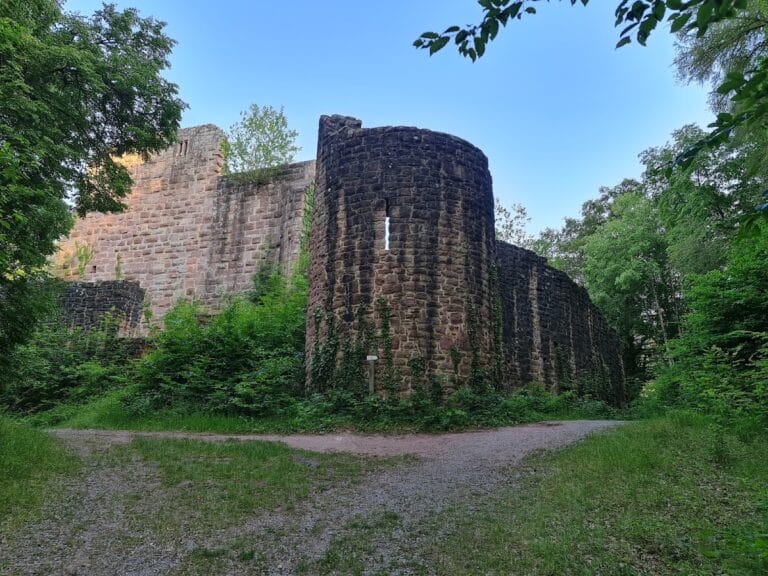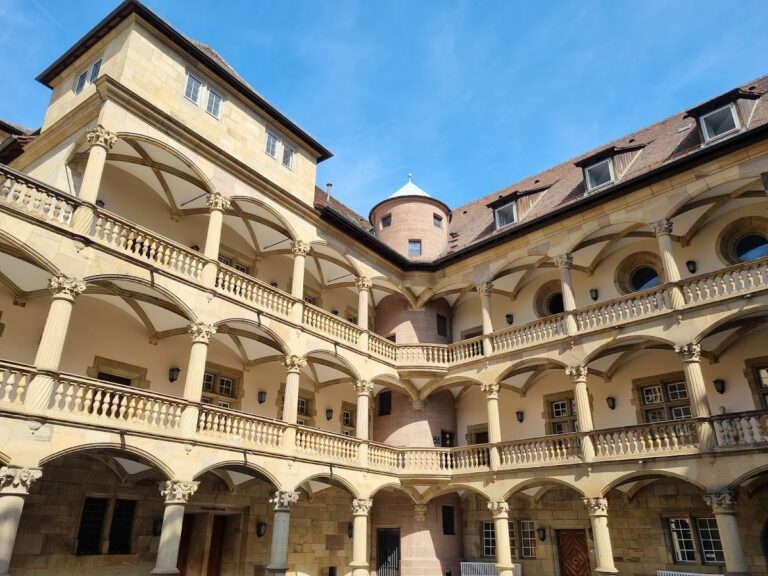Burg Müneck: A Medieval Hilltop Castle in Ammerbuch, Germany
Visitor Information
Google Rating: 4.1
Popularity: Very Low
Google Maps: View on Google Maps
Country: Germany
Civilization: Unclassified
Remains: Military
History
Burg Müneck is a medieval hilltop castle located in the municipality of Ammerbuch, Germany. It was built during the 11th and 12th centuries by the lords of Müneck, a junior line descending from the lords of Hailfingen. This family served as ministeriales—unfree knights or administrators—in the service of the counts palatine of Tübingen, a significant noble house in the region.
The first surviving written record of the castle dates to 1259, when a Knight Hugo von Müneck identified himself as a ministerialis to Count Rudolf of Tübingen while selling a farm to the nearby Kirchberg monastery. Further mentions of the Müneck family appear throughout the late 13th century, including a probable son of Hugo named Heinrich around 1286, establishing the family’s continued presence and influence in the area. During this time, variations of the castle’s name appeared, with spellings reflecting the suffix “-eck,” a term indicating its position on a prominent rocky outcrop or promontory.
By the early 14th century, the lords of Müneck began to systematically reduce their holdings. They sold lands, serfs, and farms in neighboring villages such as Entringen and Breitenholz to local monasteries and other noble families, including the Herter von Dußlingen and their original kin, the lords of Hailfingen. This gradual divestment suggests a decline in their independent power or resources.
The Müneck lineage ultimately fades from records in the late 14th century, with Albrecht von Müneck noted as a canon—a clergy member—signaling a shift away from secular lordship. Following this period, the castle ceased to be used and eventually fell into ruin. Stones from the site were quarried over time for other building projects.
In the 19th century, the ruined castle briefly came under state ownership before being acquired by the local municipality in 1823. Archaeological interest emerged in 1924 when Konrad Albert Koch conducted investigations and shared his findings the following year, shedding light on the castle’s layout and history.
Remains
Burg Müneck was strategically positioned atop a hill reaching 543.1 meters above sea level, on the southern edge of the Schönbuch forest overlooking the village of Breitenholz. Its location provided commanding views to the south and west, as well as visual connections with neighboring castles, highlighting its role within a network of fortifications.
Today, the most visible traces of the castle are earthworks that mark the perimeter of the original fortification. These include a substantial ditch carved into the bedrock, reaching depths of more than ten meters, particularly pronounced on the northern and eastern sides where the slope was gentler and defense more necessary. Surrounding this deep moat was a raised rampart or embankment, designed to impede attackers.
On the southern and western sides, the defensive system was reinforced by an additional outer rampart, creating multiple layers of protection in those directions. The plateau enclosed by these earthworks corresponds approximately to where the castle’s main structures once stood.
Although no standing walls or buildings remain, faint traces of a single wall foundation can still be discerned beneath the surface. Dressed stones—stones carefully shaped for building—are scattered around the site, indicating the former presence of constructed features. However, no inscriptions, decorative sculpture, or artifacts such as pottery or religious objects have been documented among the ruins.
The Müneck family’s coat of arms, preserved on seals from the early 14th century, is connected to the site’s identity. This emblem shows three or four pointed shapes oriented sideways within a shield. The castle’s name itself, recorded with several spellings in medieval documents, derives from the suffix “-eck,” a common term in German place names signifying a castle located on a projecting ridge or promontory, reflecting the site’s distinctive topography.







